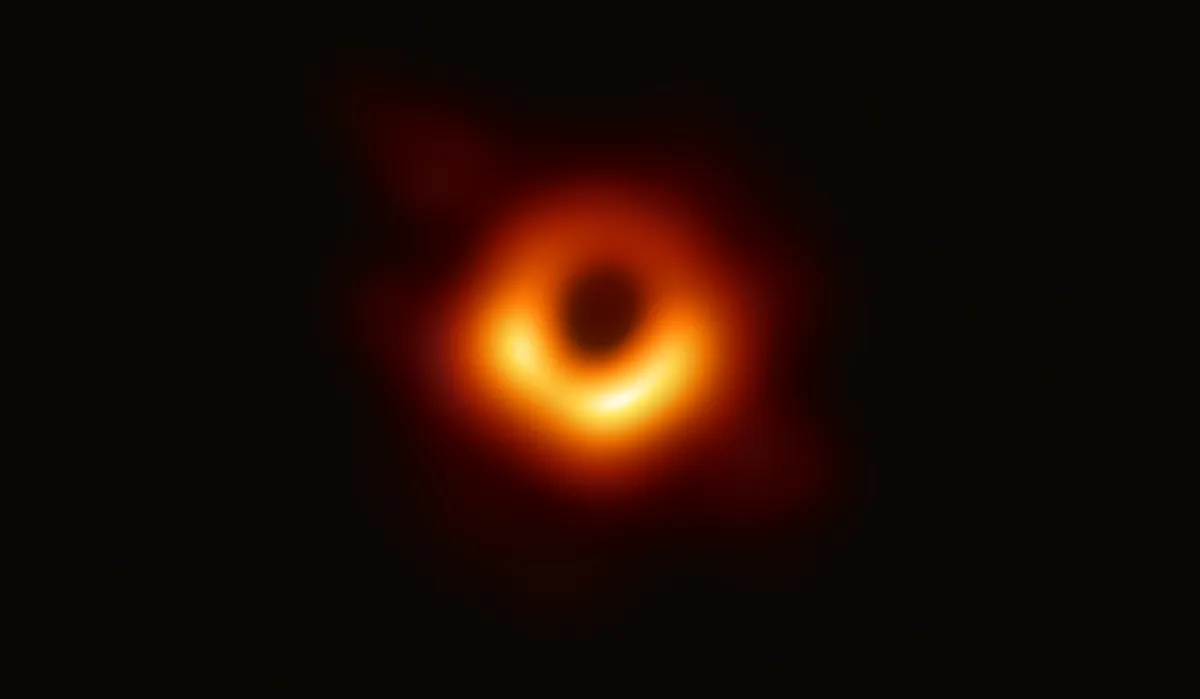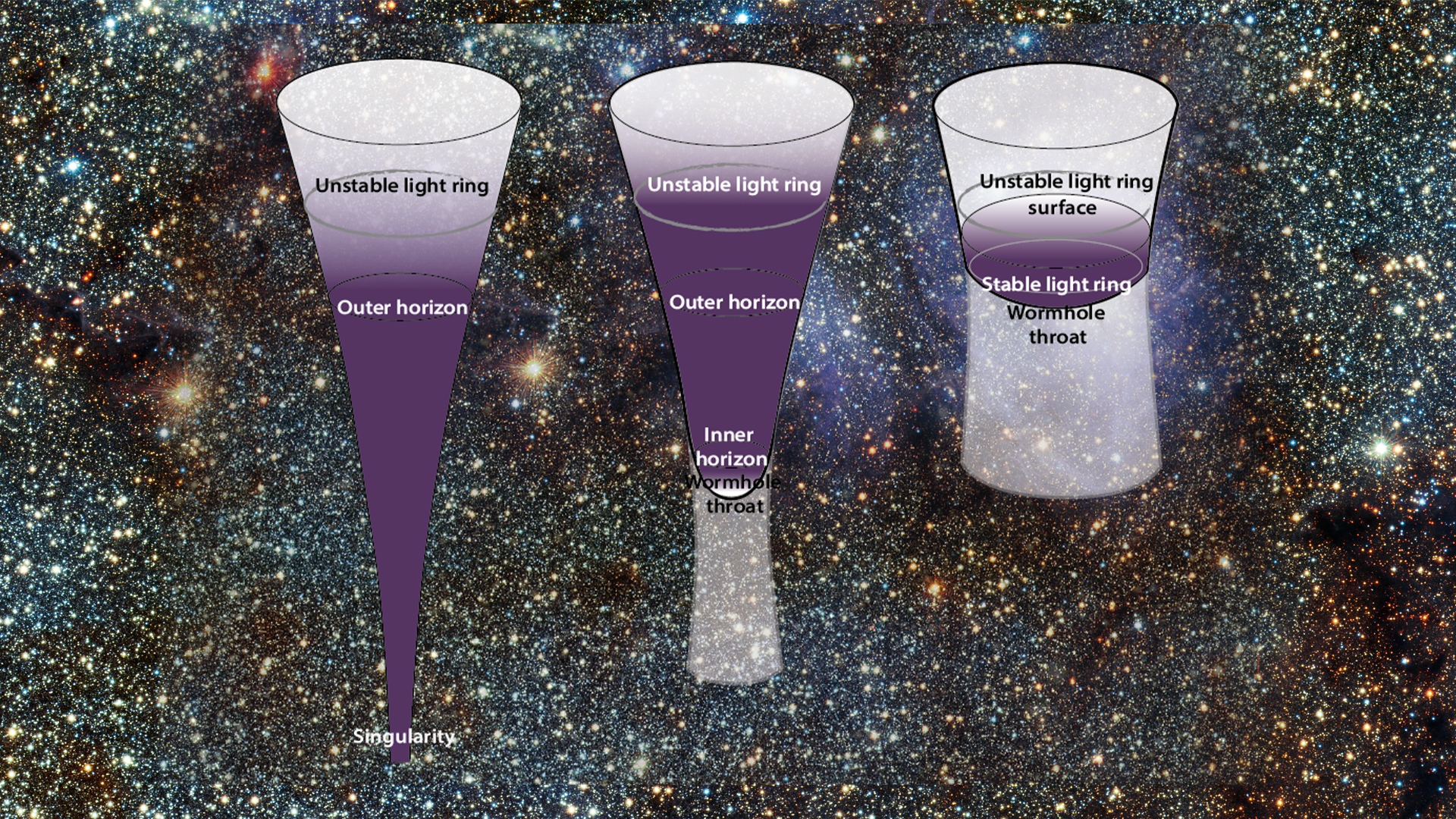The laws of general relativity suggest that it is possible for an object to have such a density that nothing, not even light, can escape. That is a black hole. There are a few defining characteristics for these objects. They tend to have an event horizon, the surface that separates them from the rest of the universe – once you cross it, you can’t come back. And the math also points to the presence of a singularity at the core. Which is an enormous problem.
A singularity is a problem because the laws of physics – at least as we know them – fall apart. Density is infinite there, and it is a place where both general relativity and quantum mechanics don’t work anymore. Researchers have been trying to get rid of singularities for many decades, suggesting many alternatives. A new paper, a collaboration of different groups, suggests two new ones.
The troublesome accepted view of black holes is called the standard black hole. The two new proposals are called regular black holes (we know, confusing) and black hole mimickers. A standard black hole has a singularity at its center, an event horizon, and an unstable light ring, which has been snapped by the Event Horizon Telescope in the case of M87* and Sagittarius A*, the supermassive black hole at the center of the Milky Way.

The EHT image of M87*.
Image credit: Event Horizon Telescope Collaboration
A regular black hole would have the light ring and the outer horizon, but also an inner horizon, which would enclose a core or a wormhole throat instead of a singularity. This would be a spacetime region that traps matter there for an infinite or finite time.
The black hole mimicker has a light ring, but does not have a horizon. It has a surface, but that doesn’t mean it needs to be a solid surface; it could let things in, and maybe it could be the way to pass into a wormhole or to meet an ultracompact star.

Standard, regular, or a black hole mimicker?
Image credit: Sissa Medialab. Background image sourced from ESO/Cambridge Astronomical Survey Unit (eso.org/public/images/eso1101a/)
The proposals are certainly out-there, but are these two scenarios really different from your standard black holes, given we have not heard of singularities for about a century? The crucial thing is working out if these alternatives have effects that make them stand apart. Something like the Event Horizon Telescope’s light ring might not tell us much about that.
“But all is not lost,” co-author Stefano Liberati, from SISSA, said in a statement. “Regular black holes, and especially mimickers, are never exactly identical to standard black holes – not even outside the horizon. So observations that probe these regions could, indirectly, tell us something about their internal structure.”
Astrophysical uncertainties might be hiding observable signatures, and so the team cannot answer questions conclusively. There might be more insight coming from gravitational wave detectors as they probe the whole black hole.
“Current (LIGO/Virgo/KAGRA, the EHT) and planned (LISA, TianQin, Taiji, Einstein Telescope, Cosmic Explorer, Black Hole Explorer) observational instruments suggest another several decades of future incoming data – which would be extremely useful in not letting the theorists get too far off track,” the team wrote in the paper.
“What lies ahead for gravity research,” concluded Liberati, “is a truly exciting time. We are entering an era where a vast and unexplored landscape is opening up before us.”
The study has been accepted by the Journal of Cosmology and Astroparticle Physics and is available on the ArXiv.
Source Link: Black Holes Can Exist Without Singularities, Two New Models Suggest